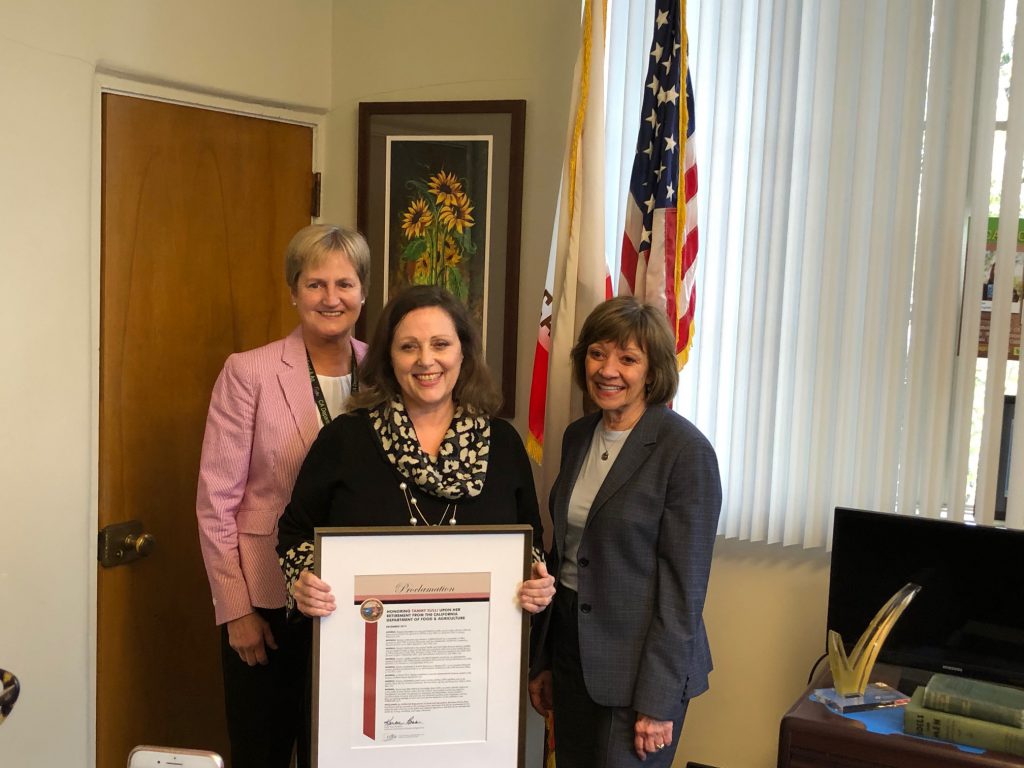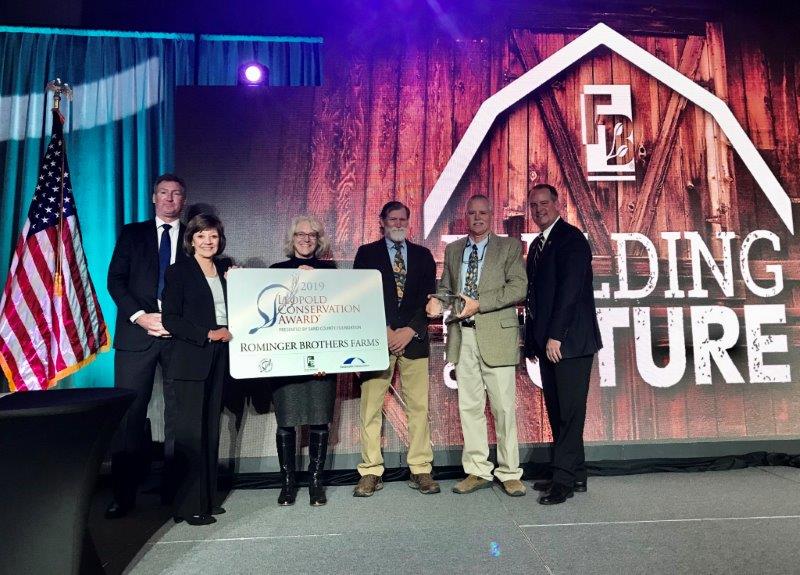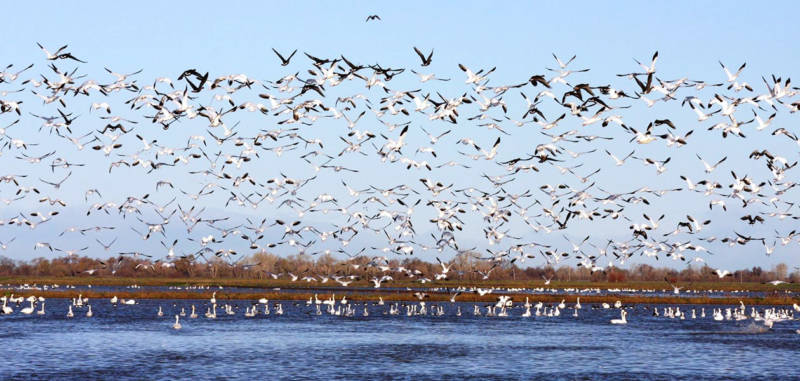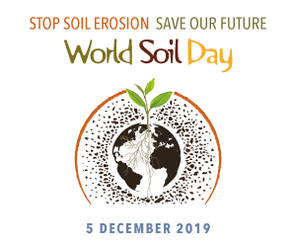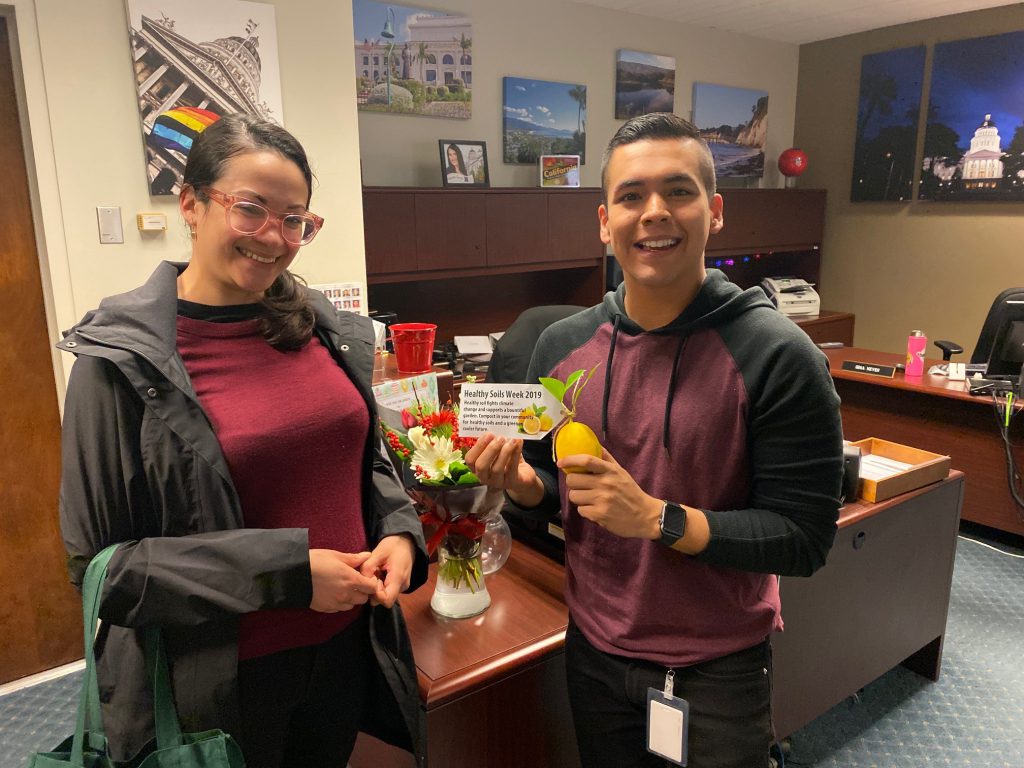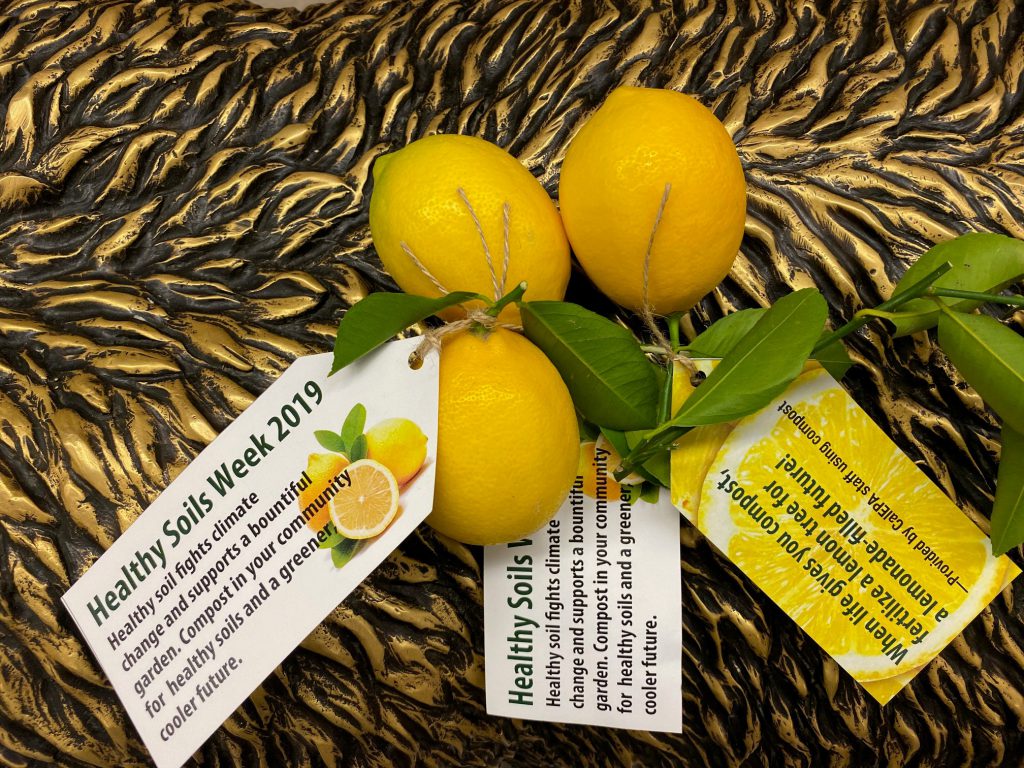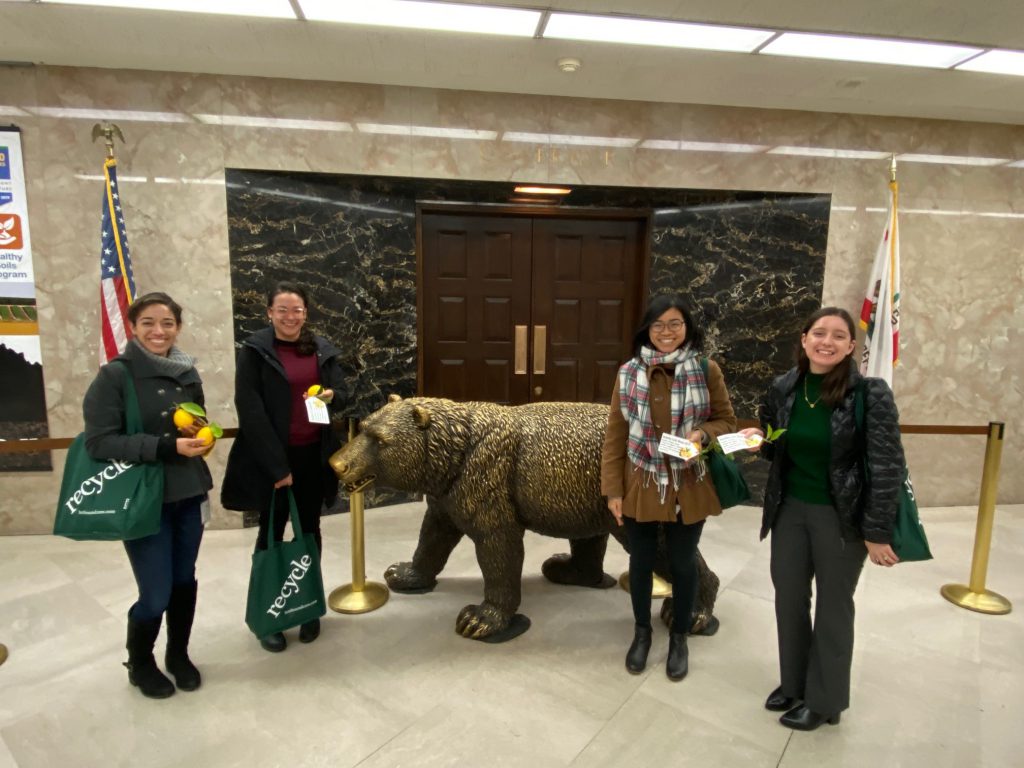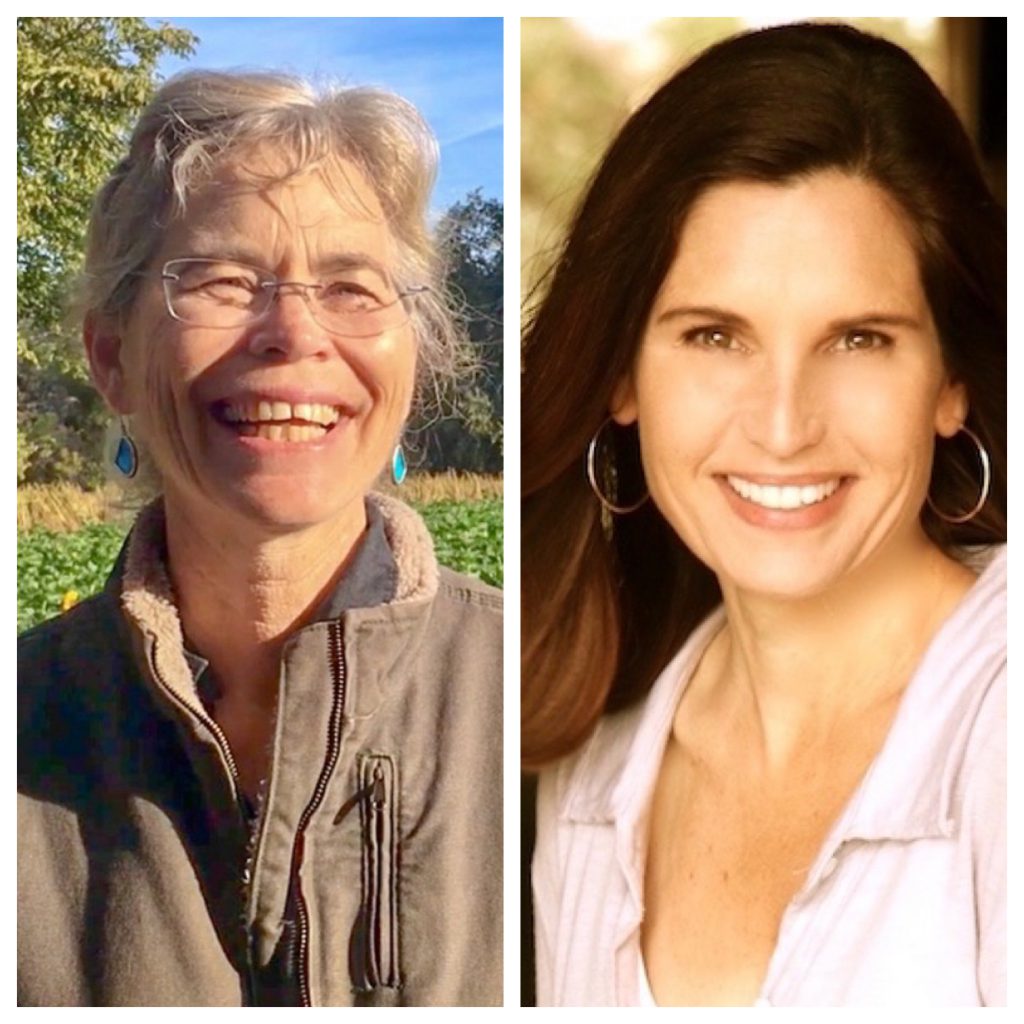
Opinion Piece by Judith Redmond and Julie Finigan Morris
When you think about farms at the front lines of climate-related challenges, you may think of extreme weather, floods or drought. But did you know we’re also at the front lines of wildfire?
Both of our farms — Full Belly Farm in the Capay Valley and Morris Grassfed in San Benito County — have felt the stress of climate change. At Morris Grassfed, we’ve had to cut back our herd numbers so as not to overgraze during drought. Last June at Full Belly we came face to face with the Sand Fire, prompting mandatory evacuations and burning some of our farm buildings and 25 acres of heirloom wheat. One year before that, we were up-front observers of the fight to put out the County Fire that burned more than 90,000 acres, leaving still-prominent scars in the hills surrounding our farm.
Farms, ranches, dairies and rural communities can help protect our neighbors by creating wildfire buffers around urban areas. And well-managed agricultural land offers additional climate-smart solutions, like recharging groundwater tables, reducing greenhouse gas emissions and storing carbon, all while producing healthy food.
At Morris Grassfed, we manage our cattle grazing to optimize soil health, plant biodiversity and water quality. The benefits to our community include carbon sequestration, improved watershed health, wildlife habitat and breathtaking views of open space, a vanishing part of the California landscape.
At Full Belly Farm, where we produce more than 100 organic products, we are experimenting with a combination of cover crops, compost, reduced tillage and hedgerows of trees and shrubs to maximize soil carbon storage which also improves yields, disease resistance and water-holding capacity.
We think these high-impact, low-cost practices are worthy of investments to encourage farmers and ranchers to take the risk of trying new practices. And many of our elected officials seem to agree.
The state has invested more than $330 million in the past five years on climate smart strategies. More than 320 grants totaling about $50 million have been made for soil health practices like the ones we use, turning farms and ranches into carbon sinks. And these aren’t the only agricultural climate solutions the state funds.
Farmers and ranchers can conserve water and energy by improving irrigation efficiency, installing state-of-the-art soil moisture monitoring equipment and converting to solar. Dairy producers can reduce potent methane emissions and turning manure into compost. Protecting agricultural land from urban sprawl development — and creating those critical wildfire buffers — is another powerful climate solution.
The state programs have all been very popular and but there has not been enough funding available to meet the demand.
With larger investments, more of our farms and ranches could soak up carbon, reduce air and water pollution to create healthier people, and increase their resilience to the droughts, fires and floods that threaten our food supply and communities. Farmers and ranchers need the support of the governor and legislature to unleash the many climate solutions they can contribute so that all Californians benefit.
Let’s scale up California’s climate smart agriculture solutions by advancing policies and public investments so we can manage for the outcomes we want — healthy people, thriving landscapes and robust rural economies.
Judith Redmond is co-owner of Full Belly Farm, a diversified organic fruit, nut and vegetable operation in Guinda, CA.
Julie Finigan Morris is co-owner of Morris Grassfed, a grassfed beef operation in San Juan Bautista, CA.



